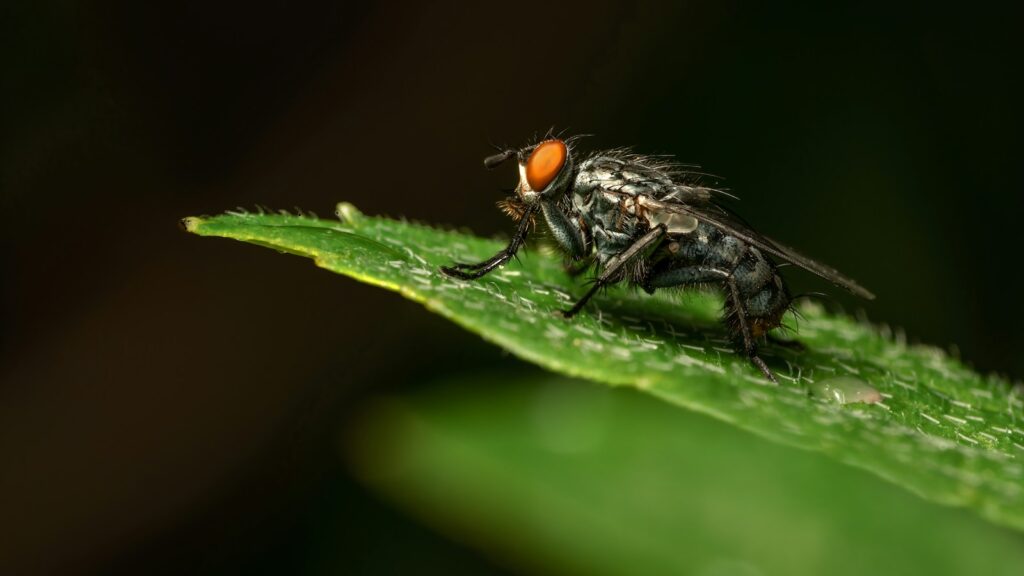The vast emptiness of space has always captured human imagination, but what about the tiny creatures that share our planet? Picture this: a fruit fly spinning helplessly in zero gravity, its usual flight patterns completely useless in an environment where up and down simply don’t exist. While we dream of humans conquering the cosmos, scientists have been quietly sending some of Earth’s smallest inhabitants on extraordinary journeys beyond our atmosphere, uncovering secrets that could revolutionize both space exploration and our understanding of life itself.
The First Tiny Astronauts

Long before Neil Armstrong took his famous first steps on the moon, fruit flies had already earned their stripes as space pioneers. In 1947, these tiny insects became the first living creatures to travel beyond Earth’s atmosphere and return alive. The V-2 rocket carrying them reached an altitude of 109 kilometers, officially crossing into space territory.
The mission wasn’t just about making history – scientists desperately needed to know if living organisms could survive the radiation and weightlessness of space before risking human lives. When the capsule was recovered, researchers found the fruit flies alive and surprisingly normal, moving around their container just as they would on Earth. This groundbreaking experiment paved the way for every human space mission that followed.
Why Scientists Choose Insects for Space Research
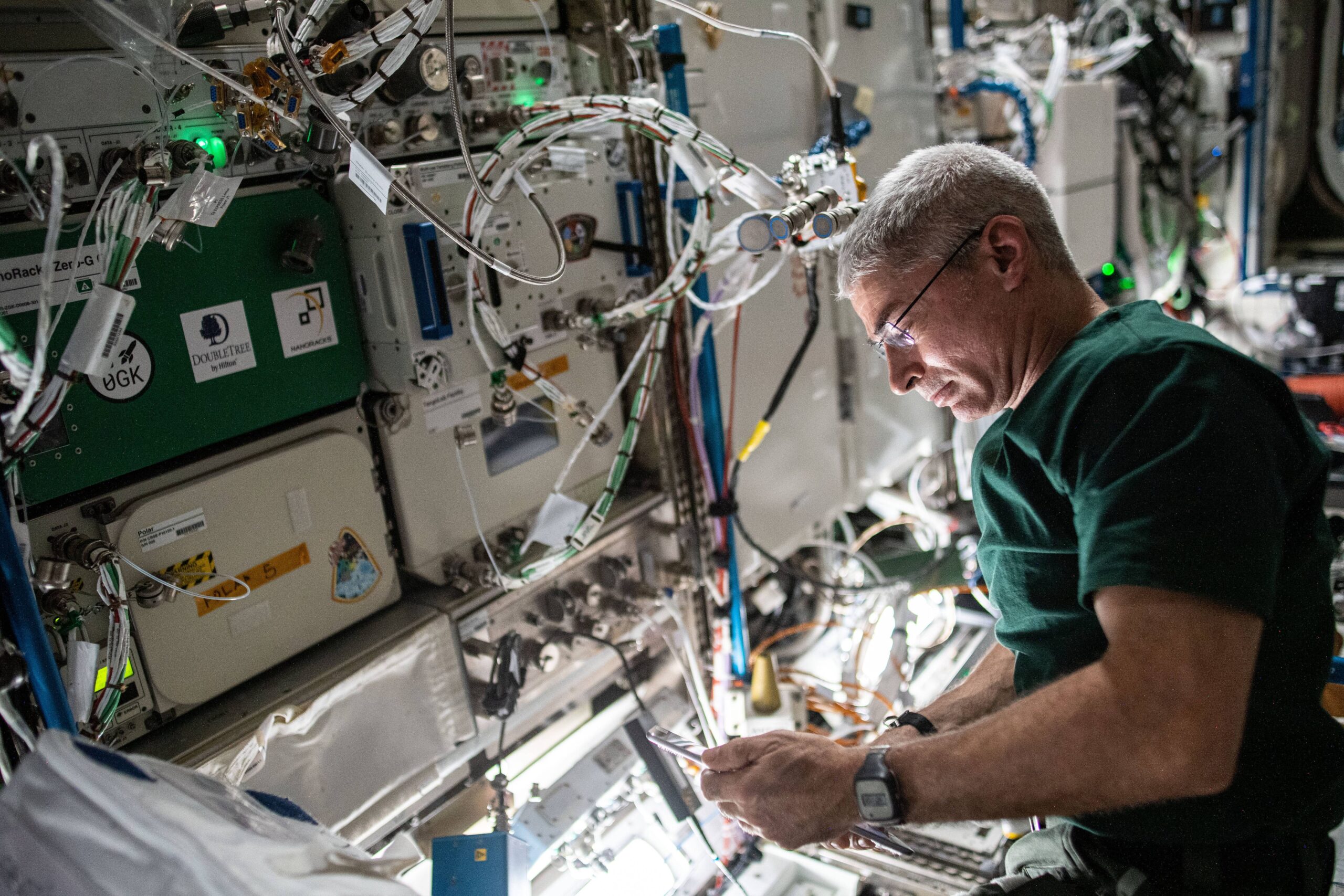
Insects make perfect space test subjects for reasons that might surprise you. Their small size means they require minimal resources – no bulky life support systems or tons of food. A single container can house hundreds of specimens, giving researchers massive sample sizes that would be impossible with larger animals.
But size isn’t the only advantage. Many insects have surprisingly complex biological systems that mirror our own in fascinating ways. Fruit flies, for instance, share about 75% of known human disease genes, making them excellent models for studying how space affects living organisms. Their short lifespans also allow scientists to observe multiple generations during a single mission, revealing how space travel might affect reproduction and development over time.
The Disorienting World of Zero Gravity
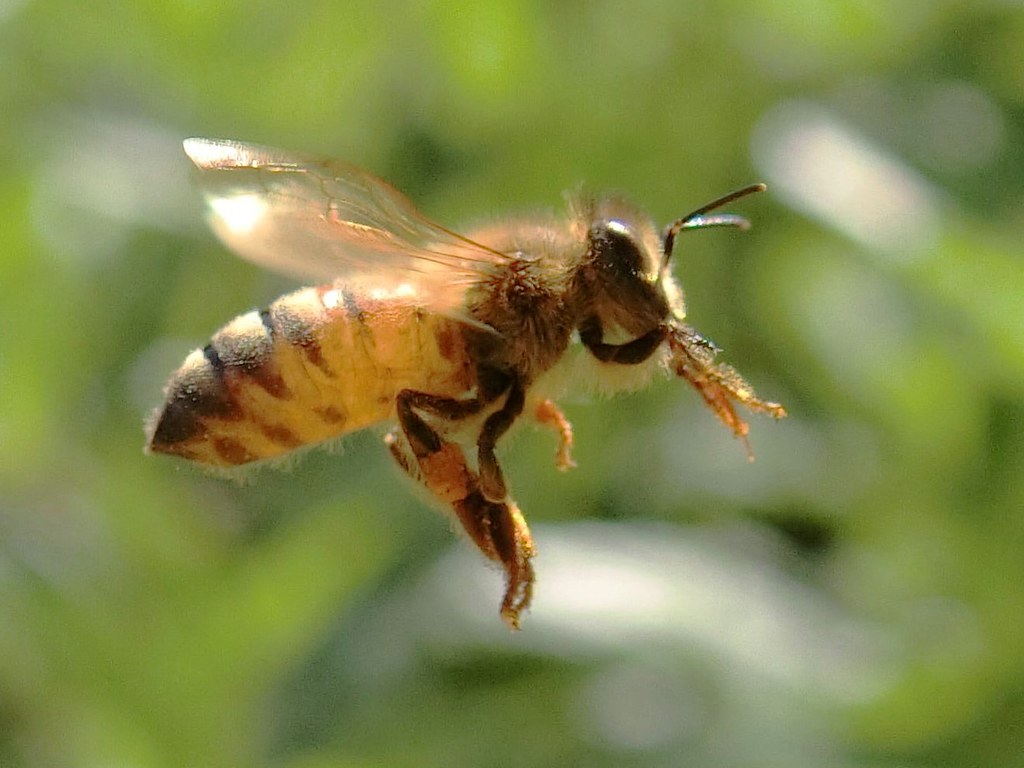
Imagine trying to walk when the ground beneath your feet suddenly disappears – that’s essentially what insects experience in microgravity. Creatures that have evolved for millions of years to navigate using Earth’s gravitational pull suddenly find their most basic instincts completely useless. Bees can’t perform their intricate waggle dance to communicate food locations, and ants lose their ability to follow scent trails effectively.
Flying insects face perhaps the greatest challenge of all. Their flight patterns, perfected over evolutionary time scales, become chaotic and unpredictable. Some adapt by using visual cues instead of gravitational ones, while others simply float helplessly until they bump into something solid. It’s like watching a master pianist try to play with mittens on – the skills are still there, but the tools for expression have been fundamentally altered.
How Insect Bodies Adapt to Space Conditions
The human body isn’t the only one that struggles with space travel – insects undergo their own remarkable physiological changes when they leave Earth behind. Their circulation systems, which rely partly on gravity to function properly, must work overtime to distribute nutrients throughout their tiny bodies. Some species develop enlarged hearts to compensate, while others see changes in their blood chemistry.
Muscle mass and bone density – yes, insects have bones too, called exoskeletons – can deteriorate just like in human astronauts. However, insects seem to bounce back much faster upon returning to Earth’s gravity. Their recovery time is measured in hours rather than the weeks or months it takes humans to readjust to normal gravitational conditions.
Reproduction and Development in the Final Frontier
One of the most crucial questions for long-term space exploration is whether life can continue its most fundamental process – reproduction – beyond Earth’s protective embrace. Insect studies have provided both encouraging and concerning answers to this question. Some species, like certain flies and moths, have successfully mated and laid viable eggs in space, proving that life can indeed find a way even in the harshest environments.
However, the offspring often tell a different story. Many insects born in space show developmental abnormalities – wings that don’t form properly, legs that grow in unusual patterns, or sensory organs that fail to develop correctly. It’s as if the cosmic environment scrambles some of the genetic instructions that have guided life on Earth for billions of years, creating creatures that are recognizable yet fundamentally different from their Earth-bound cousins.
The Radiation Challenge
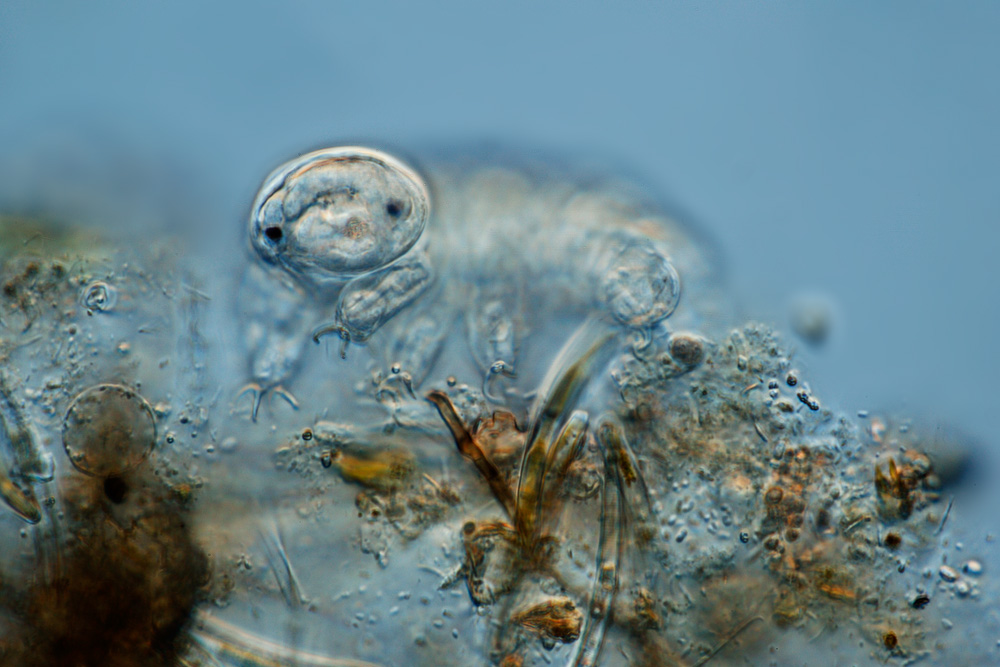
Space is awash with deadly radiation that would cook most life forms in a matter of hours, yet some insects display an almost supernatural resistance to these cosmic rays. Tardigrades, those microscopic “water bears,” can survive radiation doses that would be lethal to humans thousands of times over. Even common fruit flies show remarkable resilience, often surviving space missions with minimal genetic damage.
This radiation resistance isn’t just academic curiosity – it could hold keys to protecting future human space travelers. Scientists are studying the DNA repair mechanisms in these hardy insects, hoping to unlock genetic therapies that could make humans more resistant to space radiation. Imagine if we could give astronauts some of the same protective abilities that allow a tiny fruit fly to shrug off cosmic radiation like it’s a light summer rain.
Navigation Without a Compass
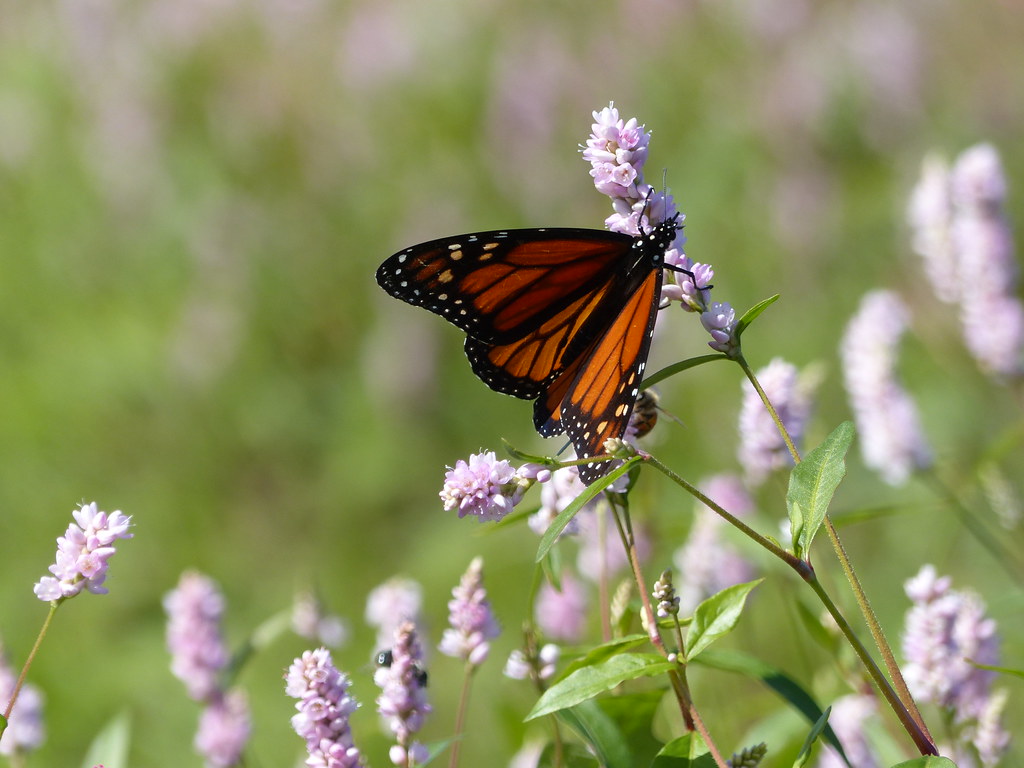
Many insects are nature’s master navigators, using everything from magnetic fields to polarized light to find their way across vast distances. But space throws these navigation systems into complete chaos. Monarch butterflies, famous for their thousand-mile migrations, lose their directional sense entirely when removed from Earth’s magnetic field.
Some species adapt by developing new navigation strategies, relying more heavily on visual landmarks or even learning to use artificial light sources as reference points. Others seem to give up on navigation entirely, moving in seemingly random patterns that would spell doom for their species in a natural environment. It’s like watching expert sailors suddenly lose their ability to read the stars – the knowledge is still there, but the reference points have vanished.
Sleep Patterns in Endless Night
Earth’s 24-hour day-night cycle has shaped virtually every aspect of life on our planet, and insects are no exception. In space, where sunrise and sunset happen every 90 minutes – or sometimes not at all – these carefully tuned biological clocks go haywire. Crickets stop chirping in their usual rhythmic patterns, and nocturnal moths attempt to be active at all hours.
The disruption goes deeper than just sleep schedules. Many insects time their feeding, mating, and even molting to Earth’s day-night cycle. Without these cues, some species eat constantly while others barely feed at all. It’s as if their internal timekeepers have lost synchronization with the universe, leaving them perpetually jet-lagged in the ultimate way.
Communication Breakdown in the Void
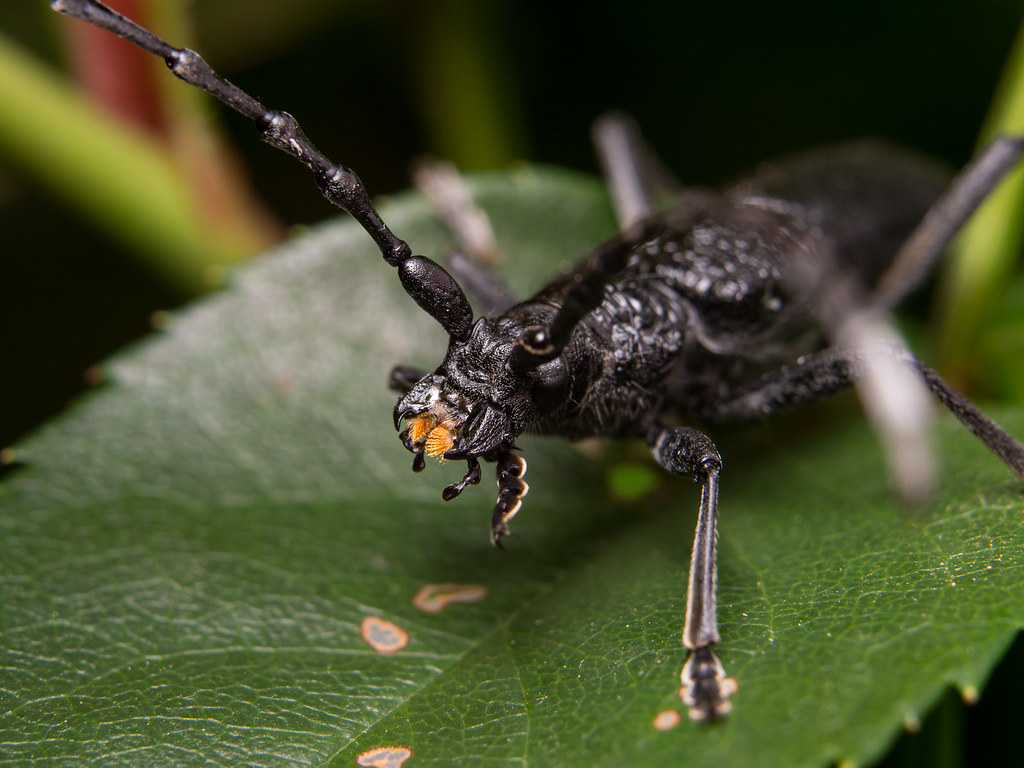
Insects are chatty creatures, constantly communicating through chemicals, sounds, and vibrations that most humans never notice. But space creates a communication nightmare for these tiny talkers. Chemical signals that normally waft through air currents become trapped in the closed environment of a spacecraft, creating confusing mixed messages.
Sound-based communication faces even greater challenges since sound waves need matter to travel through, and space is essentially empty. Insects that rely on vibrations to communicate find their messages either amplified or dampened by the artificial surfaces of spacecraft walls. It’s like trying to have a conversation in a room where someone keeps changing the acoustics – possible, but frustrating and often unsuccessful.
Immune System Responses to Space
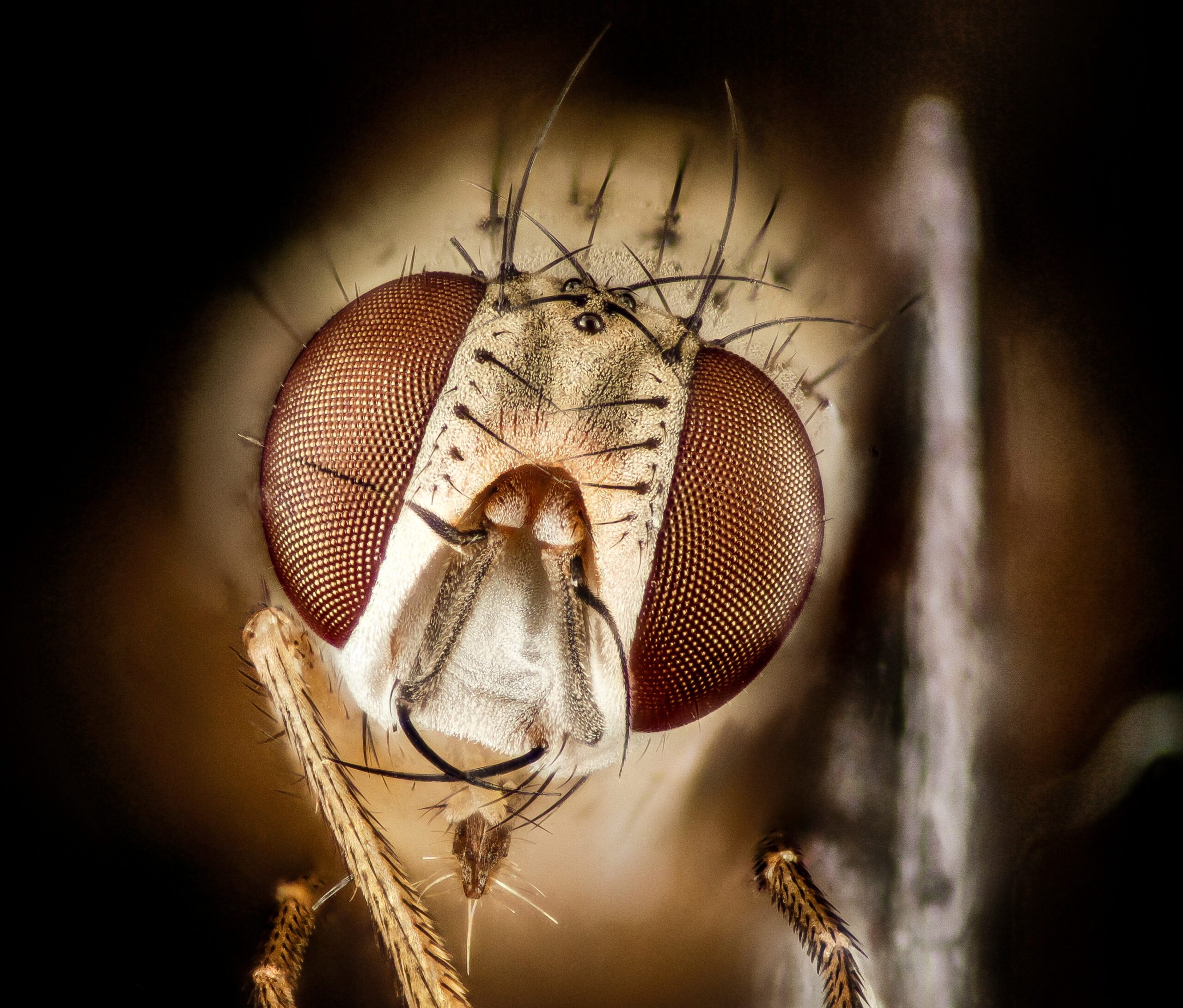
The stress of space travel doesn’t just affect an insect’s ability to fly or navigate – it fundamentally alters their immune systems in ways that scientists are still trying to understand. Some species show weakened immune responses, becoming more susceptible to infections and diseases that they would normally fight off with ease. Others develop hyperactive immune systems that attack their own bodies.
Interestingly, some insects seem to develop entirely new immune capabilities in space, almost as if the harsh environment forces rapid evolutionary adaptation. These changes could provide valuable insights into how life might adapt to permanent residence beyond Earth, or how we might need to modify our own immune systems for long-duration space missions.
The Psychology of Cosmic Insects
It might seem strange to think about insect psychology, but these creatures do exhibit behaviors that suggest emotional states and stress responses. Insects in space often show signs of what can only be described as anxiety – erratic movements, changes in feeding patterns, and altered social behaviors that suggest they’re struggling to cope with their alien environment.
Social insects like ants and bees seem to suffer the most psychological stress, perhaps because their highly organized societies depend on environmental cues that simply don’t exist in space. Worker ants may abandon their usual tasks, and bee colonies can collapse entirely when removed from Earth’s familiar rhythms. It’s a reminder that even the smallest creatures have inner lives that are disrupted by the cosmic journey.
Future Applications for Human Space Travel
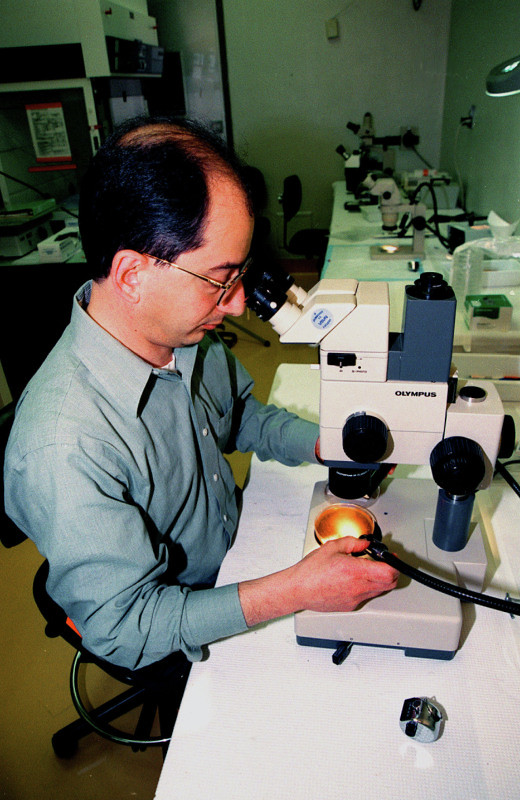
Every insect that has ventured into space has contributed valuable data that could one day save human lives on interplanetary missions. Their varied responses to microgravity, radiation, and isolation provide a biological roadmap for what humans might expect during long-duration space flights. Some insects have even shown us potential solutions – like developing stronger bones or more efficient cardiovascular systems.
Scientists are now working on translating these insect adaptations into treatments for human astronauts. Gene therapies based on radiation-resistant insects could protect crew members on Mars missions, while studies of insect navigation could improve spacecraft guidance systems. The tiny fruit fly that first ventured into space in 1947 may have unknowingly laid the groundwork for humanity’s expansion across the solar system.
What We Still Don’t Know
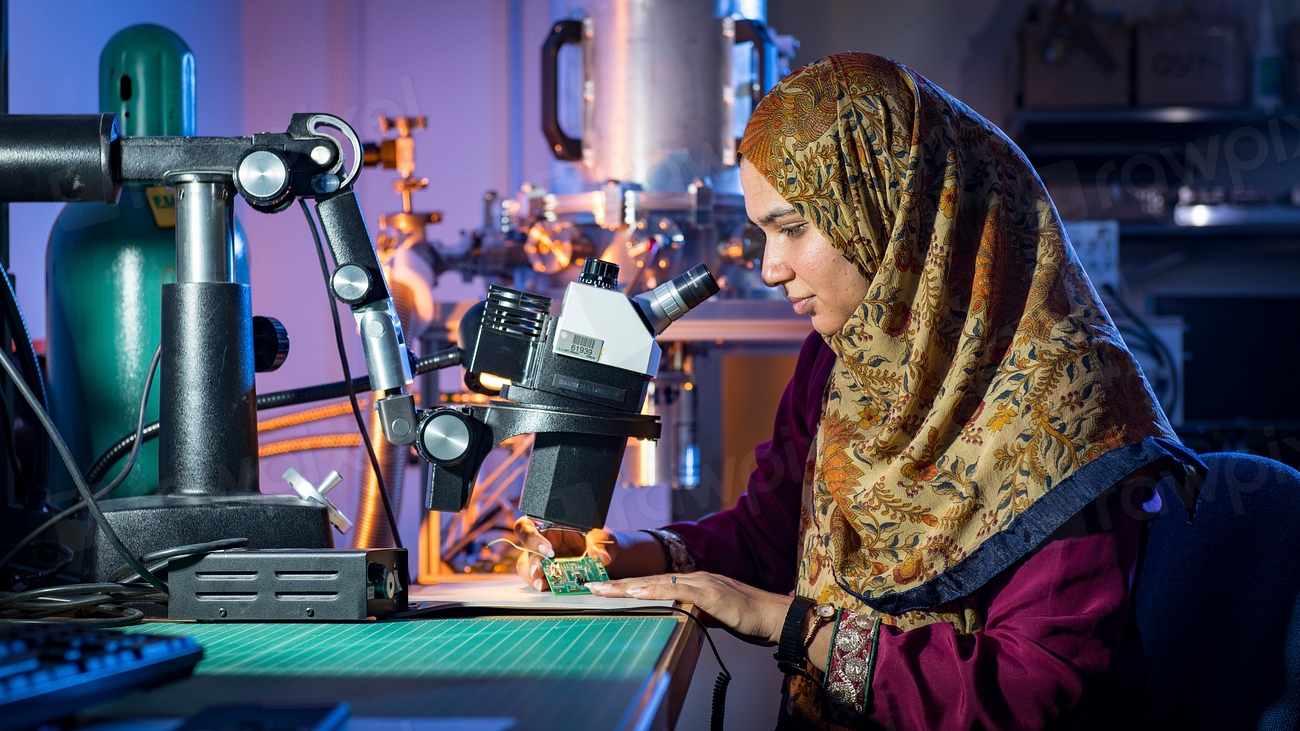
Despite decades of sending insects into space, major questions remain unanswered. We still don’t fully understand why some species adapt quickly while others struggle indefinitely, or whether insects born in space could ever successfully return to Earth and reproduce normally. The long-term effects of space travel on insect genetics remain largely mysterious, with some studies suggesting changes that could persist for many generations.
Perhaps most intriguingly, we don’t know the upper limits of insect adaptability in space. Could future generations of space-born insects evolve into entirely new species, perfectly adapted to life among the stars? The possibility raises profound questions about the nature of life itself and whether Earth-based biology is just one chapter in a much larger cosmic story.
Conclusion
The journey of insects through space reads like science fiction, yet it’s happening right now in laboratories and spacecraft orbiting high above our heads. These tiny pioneers have shown us that life is far more adaptable and resilient than we ever imagined, while also revealing the profound challenges that await any Earth-based organism venturing into the cosmic void.
From the first fruit flies that proved space travel was survivable to the complex experiments happening today on the International Space Station, insects continue to push the boundaries of what we thought possible. They’ve demonstrated that reproduction can occur in space, that some creatures can survive deadly radiation, and that life finds ways to adapt even when every familiar reference point disappears.
As we stand on the threshold of becoming a truly spacefaring species, we owe a debt of gratitude to these smallest of astronauts. Their sacrifices and adaptations have illuminated the path forward, showing us both the possibilities and perils that await beyond Earth’s protective atmosphere. What other secrets might these cosmic creatures reveal as we venture deeper into the unknown together?

